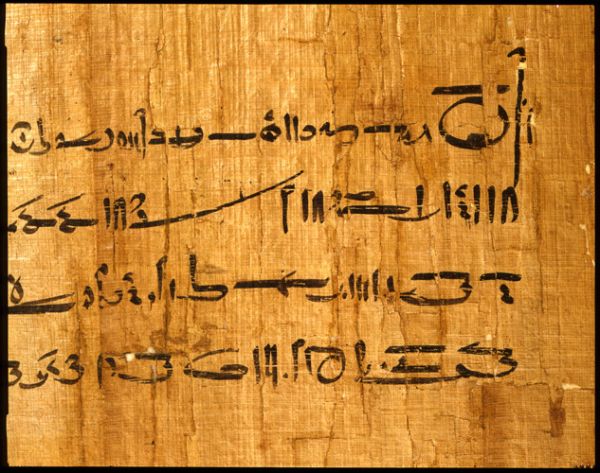
A 2,480-year-old scroll, now at Oriental Institute of the University of Chicago, is a beautiful artifact of an ancient time. Is it a religious text? A government edict? No, this scroll is a legal contract, delineating what compensation would be paid in case a particular marriage didn’t work out. In other words, it’s a prenup. Egyptologist Dr. Emily Teeter explains,
"Most people have no idea that women in ancient Egypt had the same legal rights as men," says Teeter. Egyptian women, no matter their marital status, could enter into contracts, sue and be sued, and serve on juries and as witnesses. They could acquire and own property (and fairly often, they did: a fragment of papyrus from 1147 B.C, denoting thousands of land holdings names women as the owners of about 10 percent of the properties listed).This particular prenup awarded the woman silver pieces and bags of grain for life if the marriage fell apart. It’s not the only ancient Egyptian pre-nup that survives, nor is Egypt the only land that did this. Read more about ancient marriage contracts that were enshrined in legal documents at Atlas Obscura.

No comments:
Post a Comment